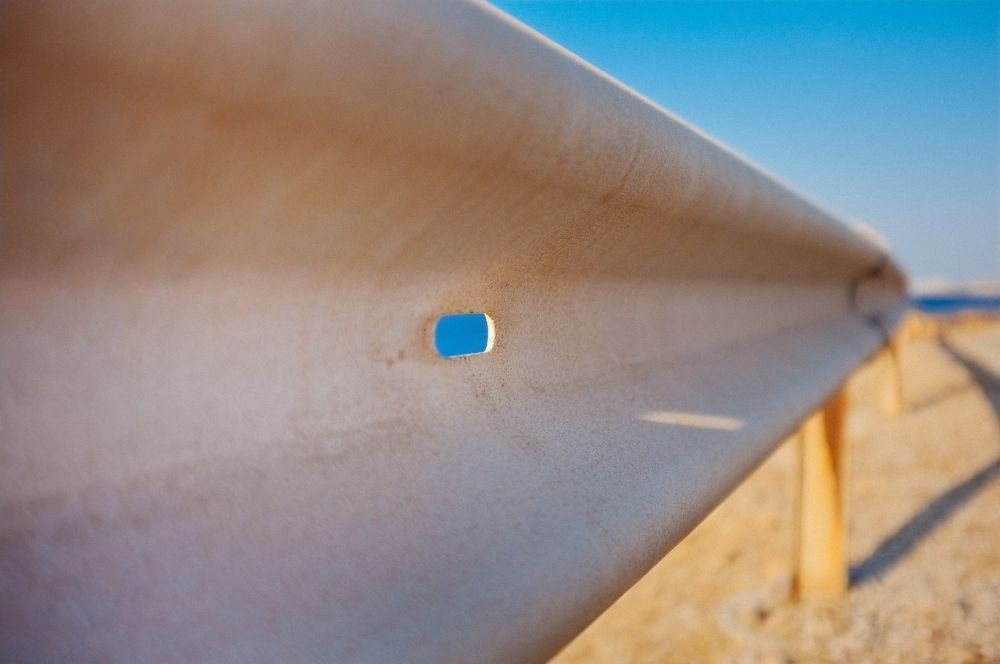
The Complete Guide to Guardrail
Guardrail, also known as highway guardrail or sometimes guide rail is, as the name suggests, a type of railing that is installed on roads and highways. While it’s not technically a fence, it is often installed by fence companies.
Let’s take a closer look at guardrail, including what it is, how it’s made, how it’s installed and more.
What Is Guardrail?
Guardrail is a type of barrier that is intended to keep vehicles on highways or roads. It’s often installed on sharp corners or along elevated roadways, where vehicles leaving the road would be very dangerous for the occupants.
Guardrail is designed to slow vehicles down and to redirect them to a safer trajectory whenever possible. So, while a vehicle that does run into highway guardrail will definitely show signs of damage, if the guardrail does its job, it won’t leave the road but rather be safely redirected until the driver can stop.
Guardrail is also used to protect buildings and other structures on roads, highways and even on industrial sites. In this case, the sturdy guardrail structure can be used to prevent vehicle access as well as provide roadway safety.
Types of Guardrail
Different parts of the world may have slightly different types of guardrails or guide rail, but there are three main types of guardrails in common use, especially in North America. These are:
- W beam guardrail
- Thrie beam guardrail
- Cable rail
W beam guardrail and thrie beam guardrail are built using roll-formed steel railing sections, while (as the name suggests), cable rail does a similar thing but using high tensile cables instead of solid steel sections.
What Is Guardrail Made From?
W beam and thrie beam guardrail are manufactured from roll-formed, hot dip galvanized mild steel.
Cable rail systems are made from high-tensile steel cables. This is usually also galvanized to protect it against corrosion.
How Is Guardrail Installed?
W beam and thrie beam guardrail systems are designed to be installed on either steel or wooden posts, depending on the site and the specification required. Some also have spacer blocks, which keep the rail section slightly away from the post itself.
Whether you choose wood or steel posts for your guardrail, the posts themselves are very strong and are carefully installed in engineer-designed footings to ensure that the guardrail is as strong and durable as possible.
Cable rail, on the other hand, is usually installed with specially made steel posts, which include a variety of fittings to keep the cables perfectly spaced and taut.
How Are Guardrail Sections Attached to Posts?
Steel guardrail sections are overlapped slightly to match up predrilled and punched holes in each piece. Then each piece is bolted in place using high-quality fasteners. Both adjacent guardrail sections are caught by this hardware, so it creates a single continuous section of guardrail.
Can Guardrail Be Installed on Curves?
Steel w beam and thrie beam guardrail can be custom manufactured to follow curves, but the metal sections themselves don’t bend – so you can’t bend them on site!
Cable rail systems are usually more forgiving and can usually be installed to follow curves on-site without too much trouble.
How Is Guardrail Ended?
W beam and thrie beam guardrail systems have purpose-manufactured end sections that are used to finish off the ends of each run of guardrail. These are usually rolled back on themselves to prevent sharp edges that could potentially be dangerous.
Other end designs for guardrail and cable rail are available, though, so the best choice is often to provide the manufacturer with a site plan and have them recommend the best and safest end options for your guardrail project.
Is Guardrail Easy to Install?
Guardrail is a fairly simple type of barrier product, and once you get the hang of the installation method, it’s not very difficult to figure out. A bit like building with blocks!
However, guardrail is very heavy, which does mean you will need a strong fence crew to lift and position the posts and pieces. It also requires fairly hefty footings, which means you will need digging equipment, and because everything is predrilled for assembly, it does also require some precision with post placement.
Can You Repair Guardrail?
It is possible to replace some damaged sections of guardrail after a vehicle has collided with it; however, you will usually need to have the guardrail inspected by a specialist to determine which parts need to be replaced.
Vehicular damage to guardrail is not always easily visible, but even invisible cracks in posts and other damage could make the system fail the next time it needs to protect a vehicle.
Who Installs Guardrail?
Some fence companies do install highway guardrail and cable rail systems, but usually commercial fence and industrial fence contractors.
Some roadbuilders and civil engineering contractors might also do their own guardrail installation.
If you’re looking for a company to install guardrail for you, be sure to look for one who has experience and references. This is a very important safety feature, and it’s best left to the pros!


